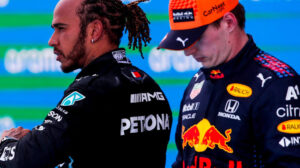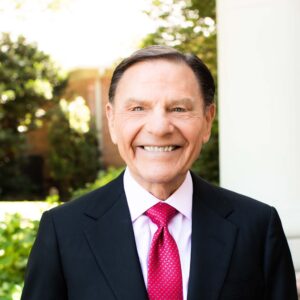Lewis Hamilton has publicly aligned himself with Lando Norris in a recent call for Formula 1 officials to take action against Max Verstappen. Hamilton’s remarks come amid ongoing discussions about Verstappen’s driving behavior, which some believe has gone unchecked for too long.

In his statements, Hamilton expressed frustration, asserting that Verstappen has been “getting away with it for so long.” This criticism highlights a growing concern among drivers and fans alike regarding the consistency and enforcement of racing regulations. Hamilton’s call for action suggests that he believes it’s time for the governing body of F1 to reassess how they handle incidents on the track, particularly those involving Verstappen, who has been at the center of several controversial moments.
Norris, who has often found himself in direct competition with Verstappen, has echoed similar sentiments, pointing out the need for accountability in the sport. The tension between the drivers reflects a broader debate within Formula 1 about safety and fair play, particularly as the stakes in races continue to rise. Hamilton’s support for Norris reinforces a united front among drivers advocating for more stringent oversight of racing conduct.
The issue of driver behavior is crucial in a sport where split-second decisions can lead to significant consequences, not only for the competitors involved but also for the teams and fans. Hamilton’s remarks indicate that he feels the current approach is insufficient to ensure a level playing field. His demand for action is a call for change, signaling that the sport may need to adapt its regulations to foster a safer and fairer racing environment.
As the season progresses, the pressure on F1 officials to address these concerns intensifies. Hamilton’s vocal stance may influence the decision-making process regarding rule enforcement and disciplinary measures. If the governing body chooses to respond, it could lead to a reevaluation of existing protocols, potentially impacting how races are officiated in the future.
Moreover, Hamilton’s engagement in this dialogue underscores his role not just as a competitor but as a key figure in advocating for integrity within the sport. His experience and position lend weight to the concerns being raised, and his involvement may galvanize other drivers to voice their opinions on the matter.
In conclusion, Hamilton’s support for Norris and his criticisms of Verstappen’s conduct mark a significant moment in the ongoing discussion about driver accountability in Formula 1. As calls for action grow louder, the sport finds itself at a crossroads where the enforcement of rules and the spirit of competition must align to ensure a fair and exciting championship. How F1 officials respond to these challenges could shape the future of racing and the dynamics between its top competitors.








